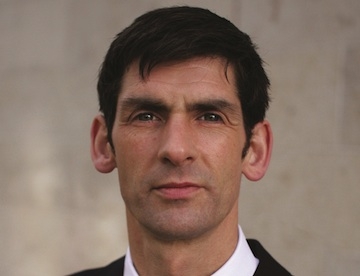
HL believes pension tax relief is “on borrowed time”

Hargreaves Lansdown believes that Autumn Statement documents hint that it is only a matter of time before pension tax relief will have to be targeted for cutbacks by the Chancellor.
HL cites the growing cost to the government of tax relief on the rising number of auto enrolment pensions and tax relief given to higher rate tax payers as exacerbating problems for a government that needs to cut down on borrowing and spending.
HL says that the Chancellor may have left pension tax relief untouched for now, however “a clue to its future is contained in the consultation document concerning other pension changes.” The Bristol-based financial provider, which includes a Financial Planning arm, says the Autumn Statement consultation document on curtailing the Money Purchase Annual Allowance suggests the Treasury may target pension tax relief.
The Treasury document states: “The government is committed to enabling individuals to save more so that they have security in retirement, but it is important that resources focus where there is most need.”
HL says: “This is the clearest indication to date that the new Chancellor will act to change pension tax incentives. The most realistic options for change include: 1) A reduction or total removal of higher and additional rate tax relief, 2) A move to a flat rate top up or 3) The introduction of age related top ups, more heavily incentivising younger savers.
Tom McPhail, head of retirement policy at Hargreaves Lansdown, said: “‘George Osborne left unfinished business following his pension tax relief review last year. With the impending cost increases to the Treasury as a consequence of auto-enrolment, further reform was always a case of when rather than if; it now looks like it's going to be sooner rather than later. “Higher earners in particular are now on borrowed time and would do well to make the most of the tax breaks while they still can.”
Wording from the Consultation Document highlighted by HL shows the following:
3.1 The cost of tax and National Insurance contributions relief on pension savings is one of the most expensive sets of relief offered by the government. In 2014 to 2015 this cost around £48 billion, with around two thirds of the tax relief going to higher and additional rate taxpayers. In 2014 to 2015, the government also collected around £13 billion in tax from pensions in payment.
3.2 Since October 2012, a programme of automatically enrolling employees into a workplace pension scheme has been phased in. Under automatic enrolment, a percentage of an employee’s qualifying earnings must be paid into a pension, with the employer liable for a minimum proportion of these. The government and pensions industry are proud of the success of automatic enrolment.
3.3 Minimum contribution rates under automatic enrolment (currently 2%) are due to increase to 5% in 2018 and 8% in 2019. There is also a review of automatic enrolment due to commence in 2017. As more people become pension savers for the first time and as automatic enrolment contribution rates increase, the cost of income tax and National Insurance contributions relief will increase. The government is committed to enabling individuals to save more so that they have security in retirement, but it is important that resources focus where there is most need.
